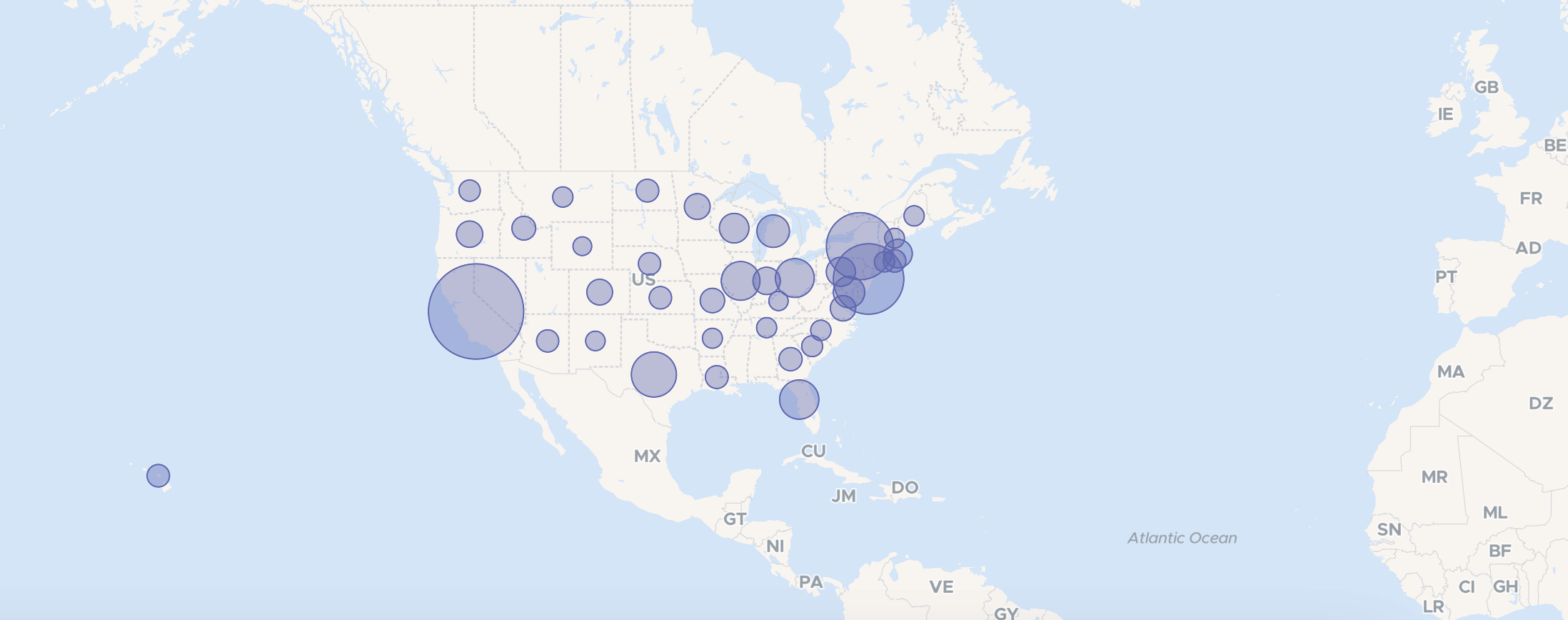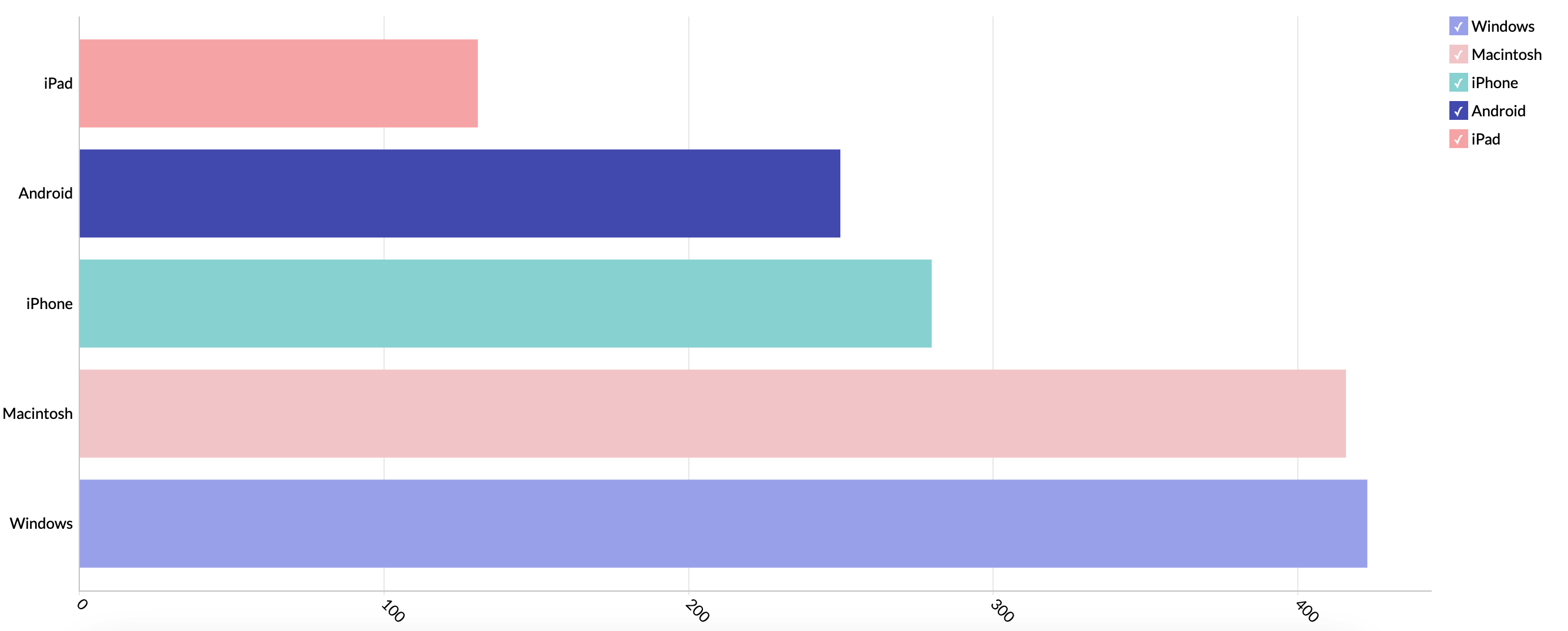When you search for Shopify marketing strategies to increase Shopify sales and grow your online store, you'll find many tips and suggestions. Although these marketing strategies may help increase your Shopify sales, they often take time and effort to implement.
So how do you decide which strategies to go with and which will be most effective for your ecommerce store? Many Shopify merchants stumble upon this question and choose to do all of them, instead of being strategic. With so many merchants competing for attention on the same platform, it can take time to get noticed and create conversions.
However, the good news is that you no longer have to play guessing games to choose your marketing strategies. Let your data tell you what to do next.

Data-driven Shopify marketing strategies help you stand out from the crowd and drive more sales.
Here's a quick comparison of common Shopify marketing strategies and how data analysis will help you boost their performance.
Common Shopify marketing strategy | When data is not leveraged | When it's data-driven |
Email marketing | Create an email campaign and send it to all your customers and prospects. | Segment customers by region, age, purchase trends, etc., and create personalized email campaigns for each segment. |
SEO | Optimize the website and local SEO, and create and post content on social media platforms like Facebook, Twitter, and Instagram. | Analyze the traffic sources and optimize only the top-performing platforms. |
Abandoned cart recovery emails | Send the same emails with the exact offers for all abandoned cart users. | Split abandoned checkouts into multiple groups, by reasons, location, product category, etc., and send personalized recovery emails to each group, with custom offers. |
Now that you understand how data can help you amplify your marketing strategies, let's look at the 3Ps of data-driven Shopify marketing: Product, Place, and Personalization.
Product bundling strategy
Regional marketing strategy
Personalized marketing strategy
Product bundling strategy
Product bundling is an excellent marketing strategy that involves combining two or more products and offering them as a combo deal. Analyzing your sales data can provide insights into your customers' buying behavior and help you bundle products.
Product bundling is not just about combining two products. It also involves a good pricing strategy. To price the bundle, you can take the price of the individual products, the discounts offered already, and the perceived value of the bundle into account. To drive more sales, you can also create different bundles based on customer preferences, demographics, and purchase history.
Here's how you can use data to identify products for bundling:
Frequently bought together: Analyze your sales data and identify if any products are frequently bought together by your customers. For example, if customers buy a mobile phone and a case, you could offer them as a combo.
Combine best- and worst-selling products: If some of your products aren't reaching their expected sales, you can combine them with your best-selling products and offer them as a combo.
Here's a report showcasing the best- and worst-selling products in a Shopify store. You can change the filter from top 10 to bottom 10 to see the list of products:
After identifying the products, you can start creating the bundles. Then, to promote the bundles, you can use multiple tactics, such as:
Showing bundles when visitors shop for individual products
Offering limited-time deals for bundles to drive immediate sales
Offering exclusive discounts, like free shipping
Regional marketing strategy
Shopify merchants can create a tailored approach to reach customers in specific geographic regions, with the help of a regional marketing strategy. This strategy can be used by businesses with a specific target audience in different regions.
The first step to creating a regional marketing strategy is identifying the audience. You can analyze your sales based on regions and identify which regions have more sales. Here's a sample geo-map of sales by location.

Sales by location
Looking at the map above, we can see that this Shopify store has more sales in California, New York, and New Jersey. With this data, you can then create your regional marketing strategy. The next steps would be as follows:
Create regional/localized content: Instead of using generic or standard messaging, use the language and tone that resonates with your target audience. Including local traditions and cultural references in your content can help you connect with your audience, if done well.
Leverage regional SEO: Optimize your website for regional search terms—for example, brands that are particularly popular in California.
Run regional ads: You can use traditional advertising methods, such as TV ads and billboards, or online ads, such as search ads and social media ads targeting these regions.
Personalized marketing strategy
Without a clear understanding of your customers, your marketing strategies will be less effective. You can gain valuable insights into customer behaviors, preferences, and purchasing patterns by analyzing customer data. With these insights, you can create targeted marketing campaigns and personalized experiences that increase customer satisfaction and loyalty and drive more sales.
You can segment your customers based on different parameters, such as age, device, region, and more. For example, suppose most of your customers belong to a particular age category. In that case, you can create personalized emails, product bundles, social media posts, and much more, that better resonate with them.
Likewise, if the number of customers accessing your website from mobile or tablet is more than desktop, you'll need to ensure the website's responsiveness.
Here's a sample orders by device report that will give you an idea of where to focus more.

Orders by device
Leverage data with Zoho Advanced Analytics to amplify your Shopify marketing strategies
No matter your marketing approach, it's crucial to be data-driven to see actual results—and when it comes to your Shopify store, leveraging your data can make all the difference. By using a data analysis app like Zoho Advanced Analytics, you can understand your customers better and make smarter decisions.
With Shopify reporting, you can get access to 100+ pregenerated reports and create unlimited custom reports. Zoho Advanced Analytics, with artificial intelligence (AI) and machine learning (ML), helps you extract insights from Shopify data.
You can install Zoho Advanced Analytics, a Shopify-certified analytics app, by starting your 15-day free trial and exploring Shopify sales reporting.
You can also book a free personalized demo with our Shopify experts, or write to us at support@zohoanalytics.com.
Thankyou for this valuable tips.